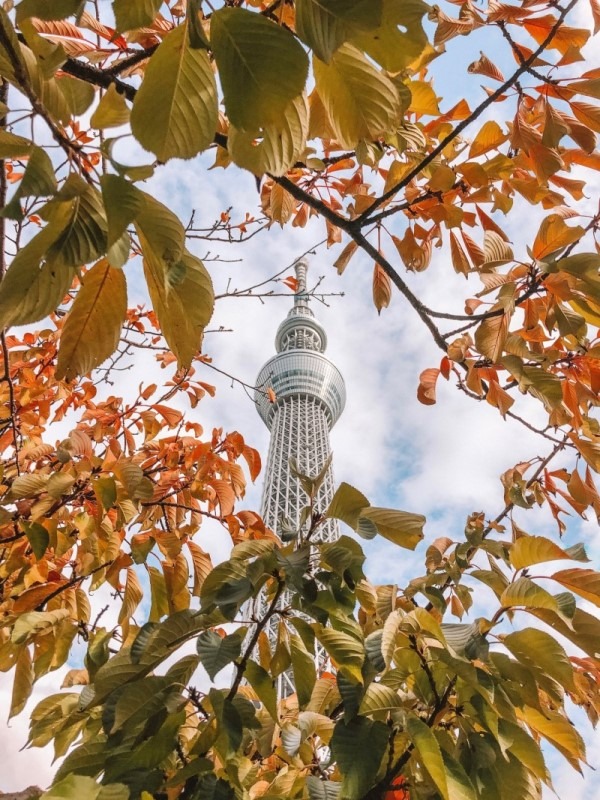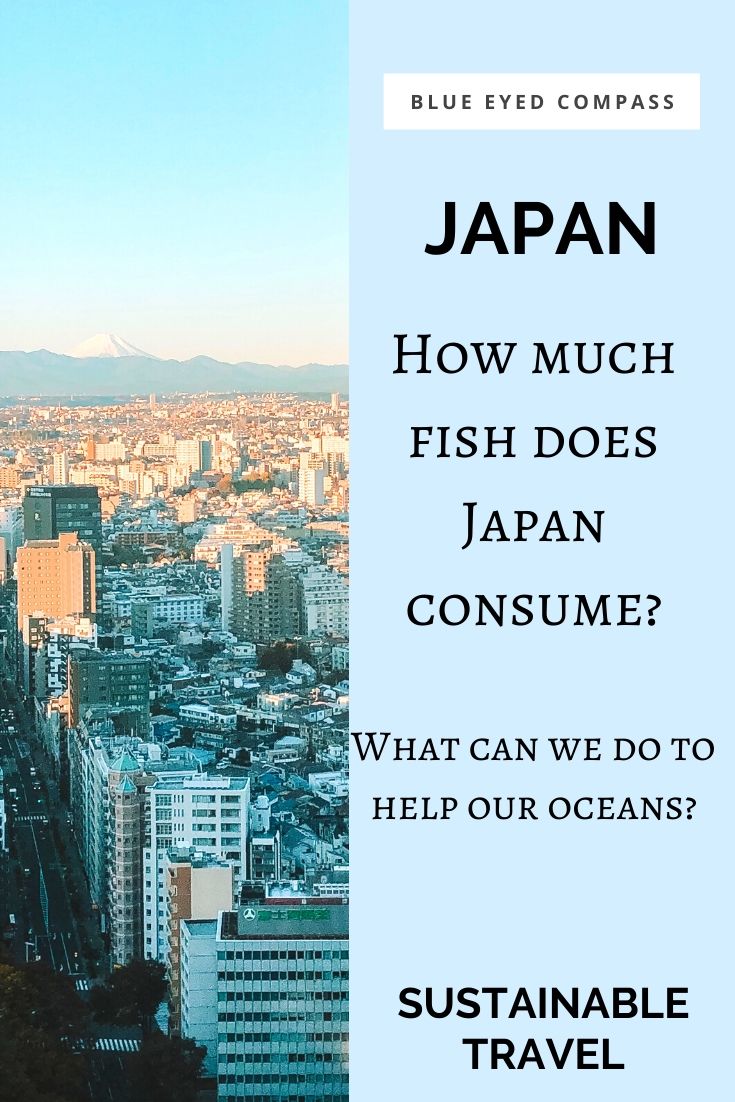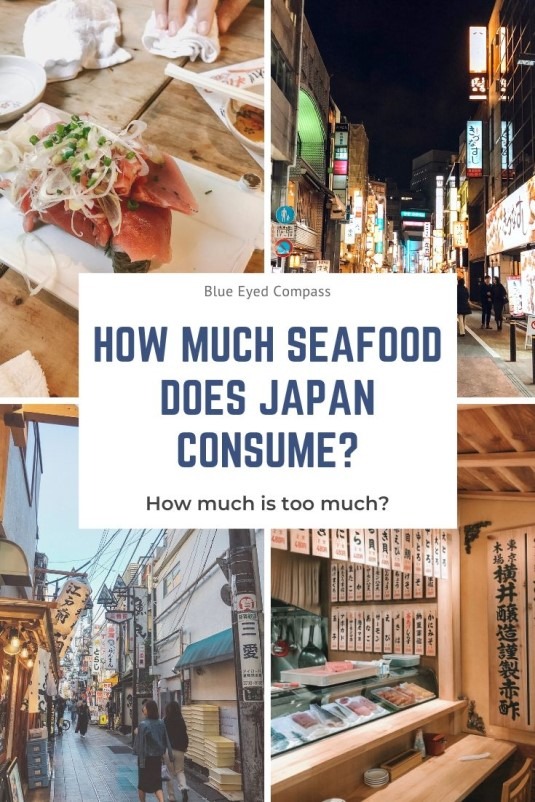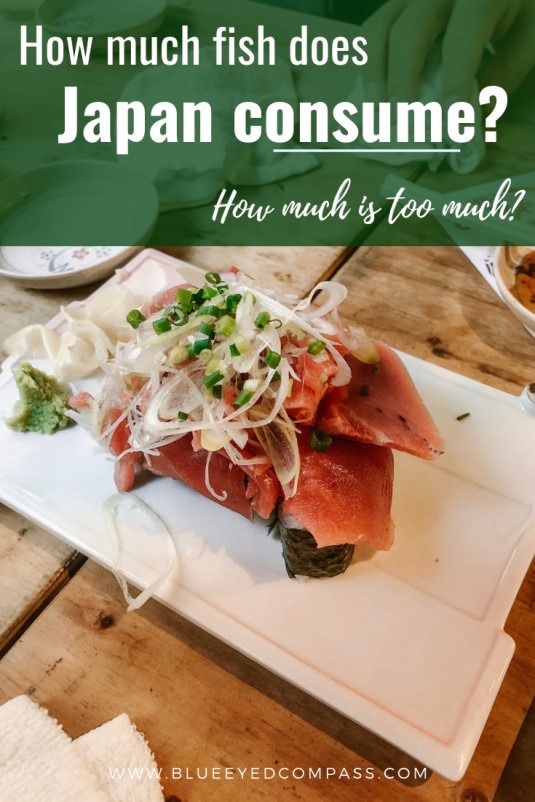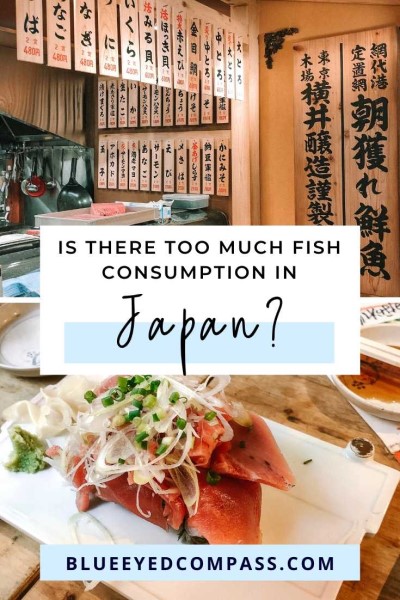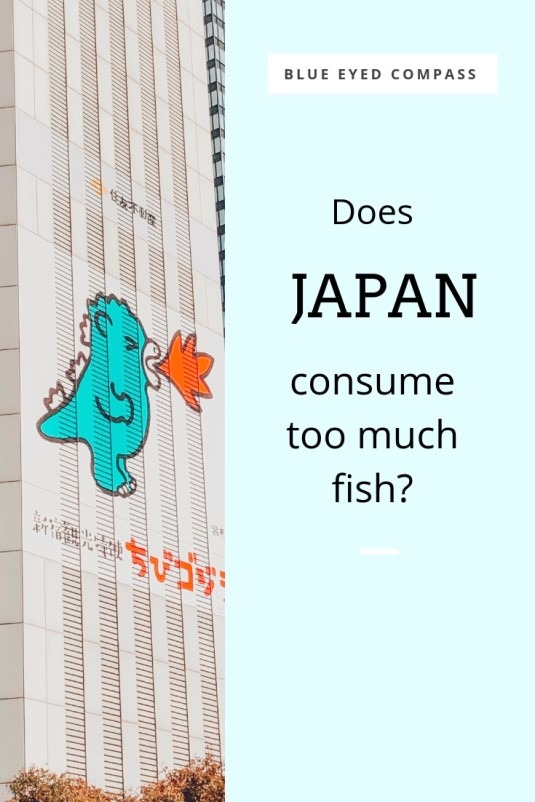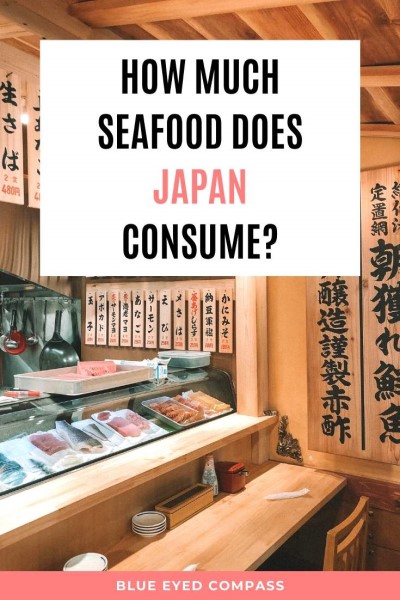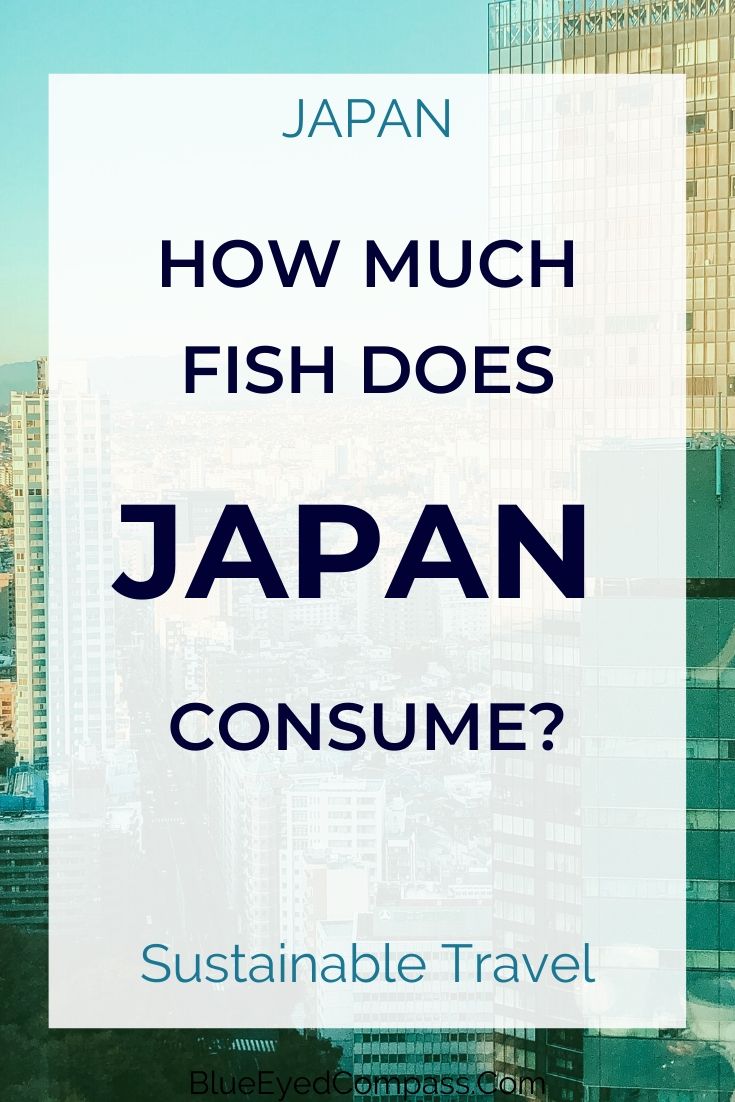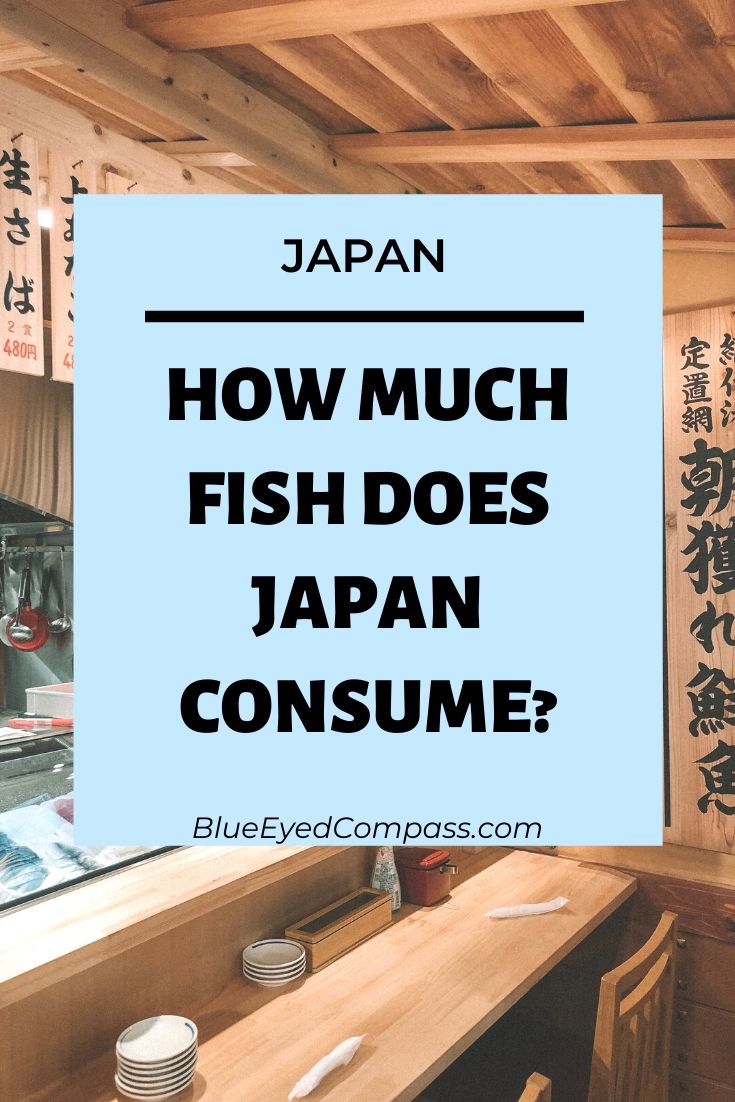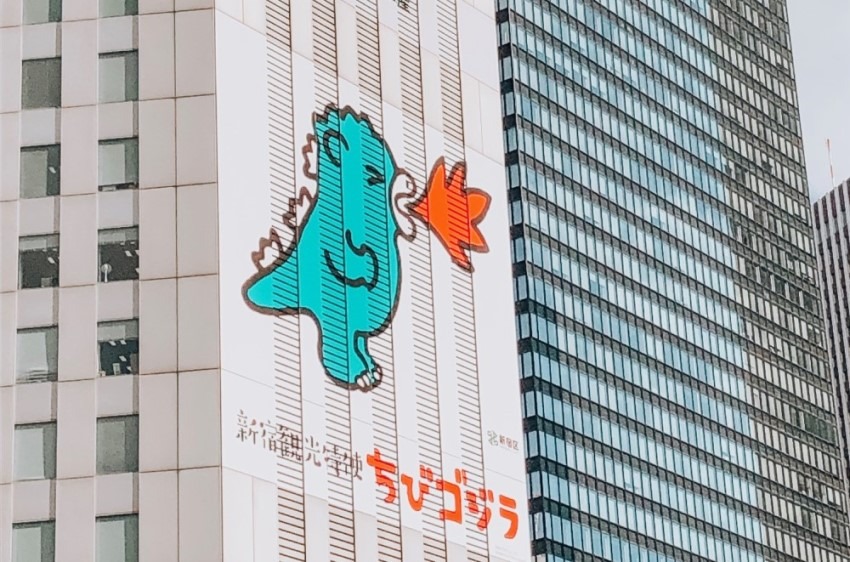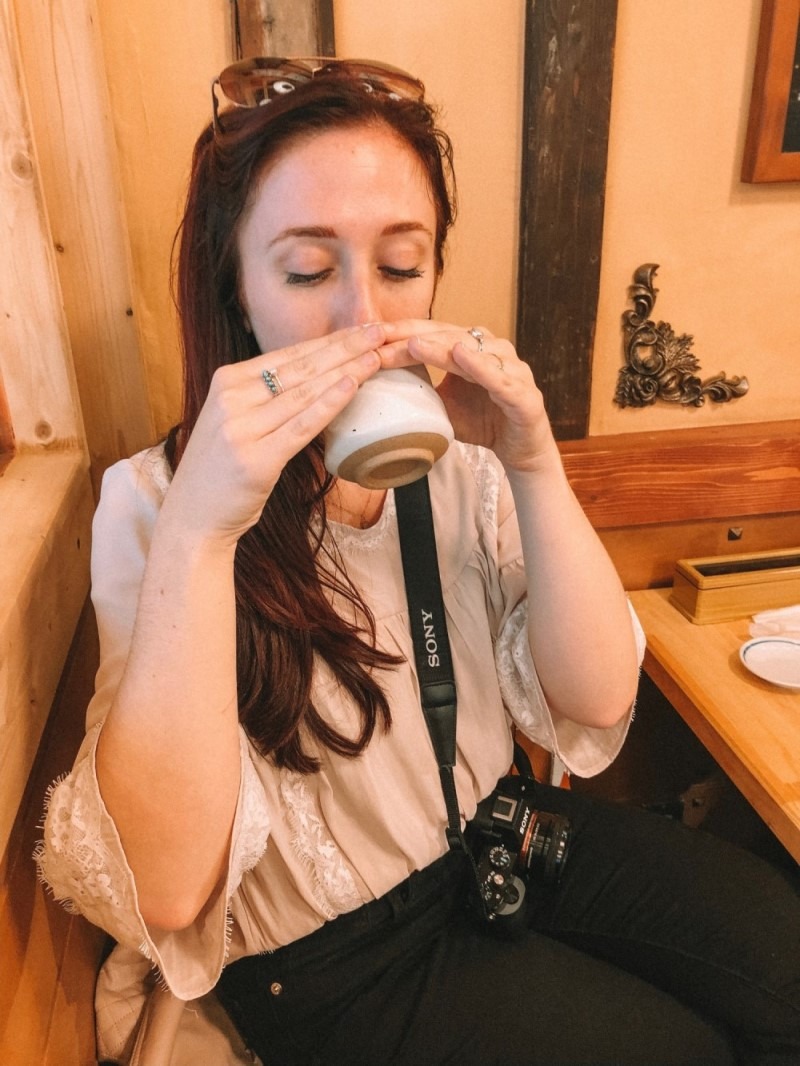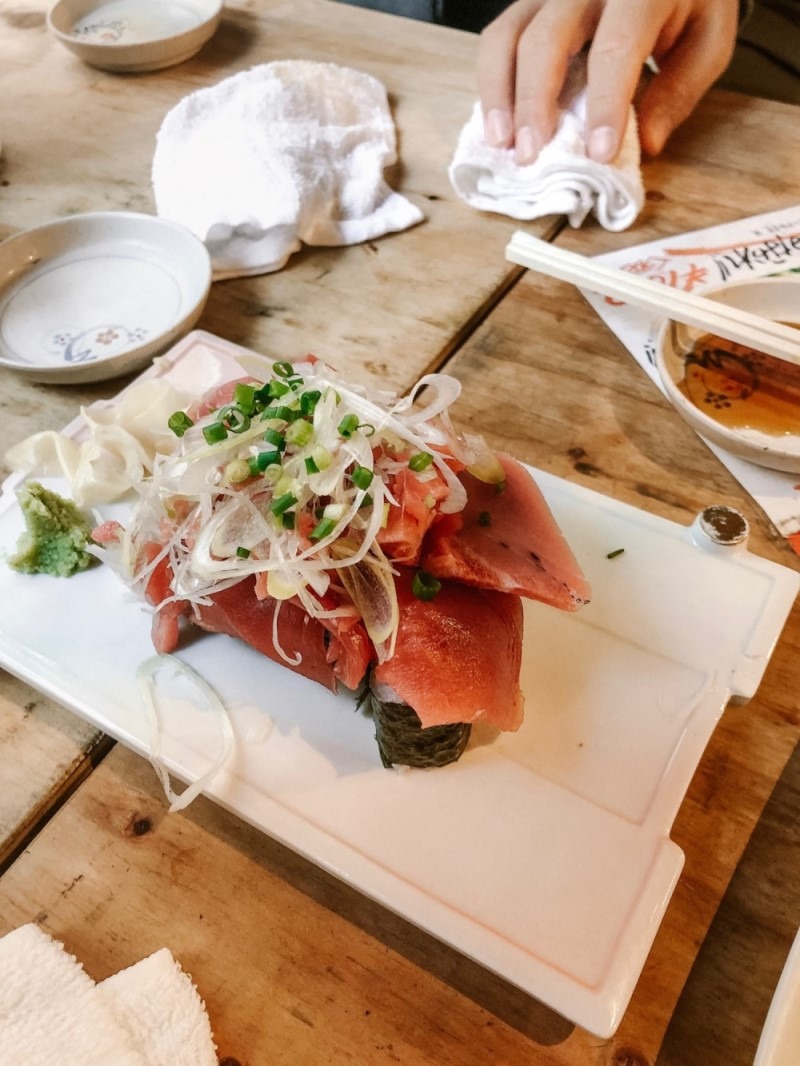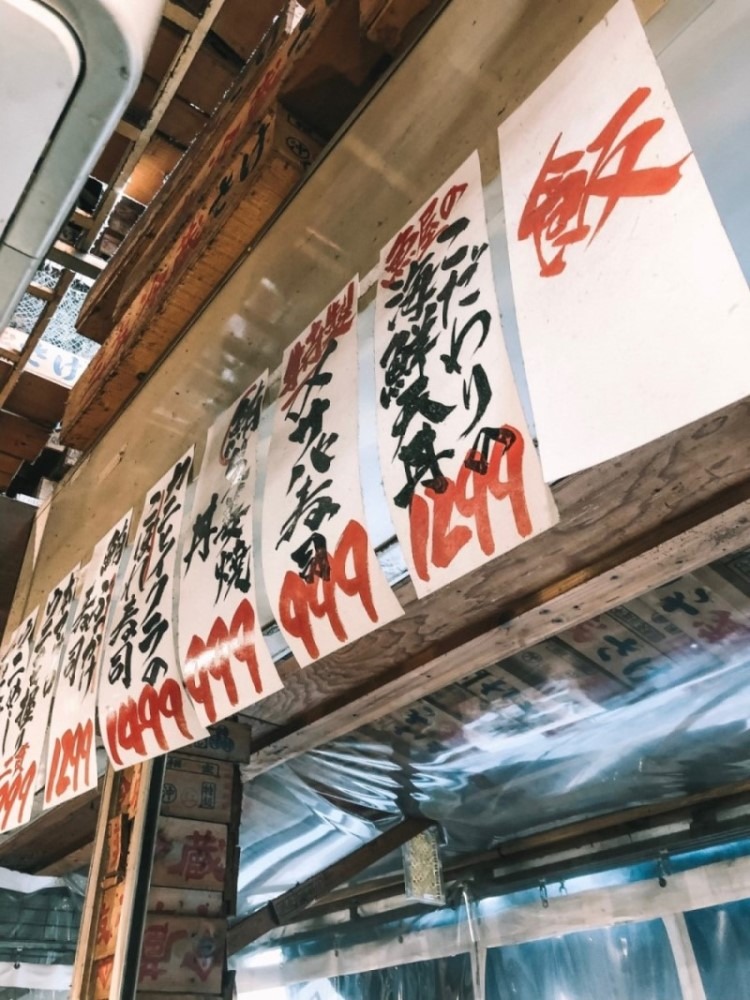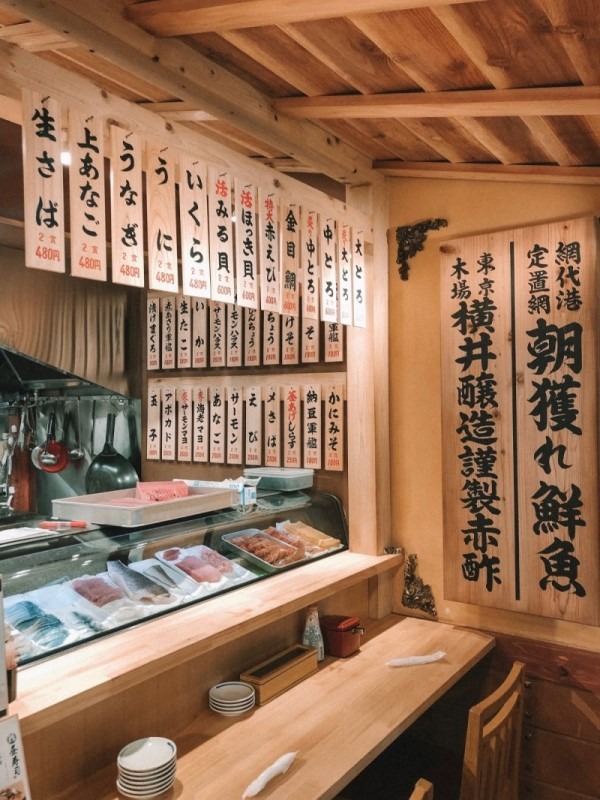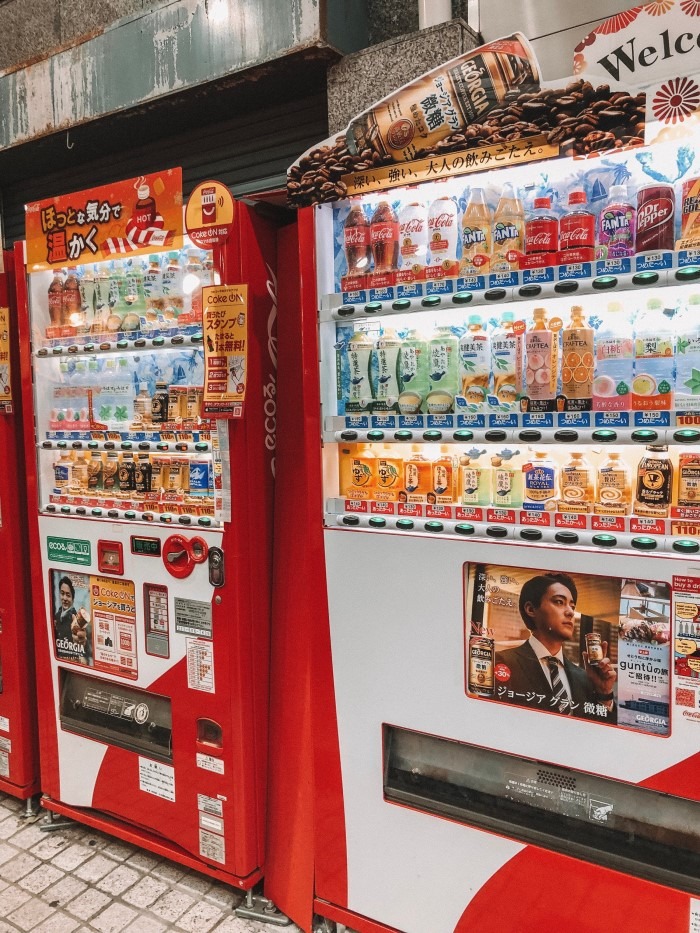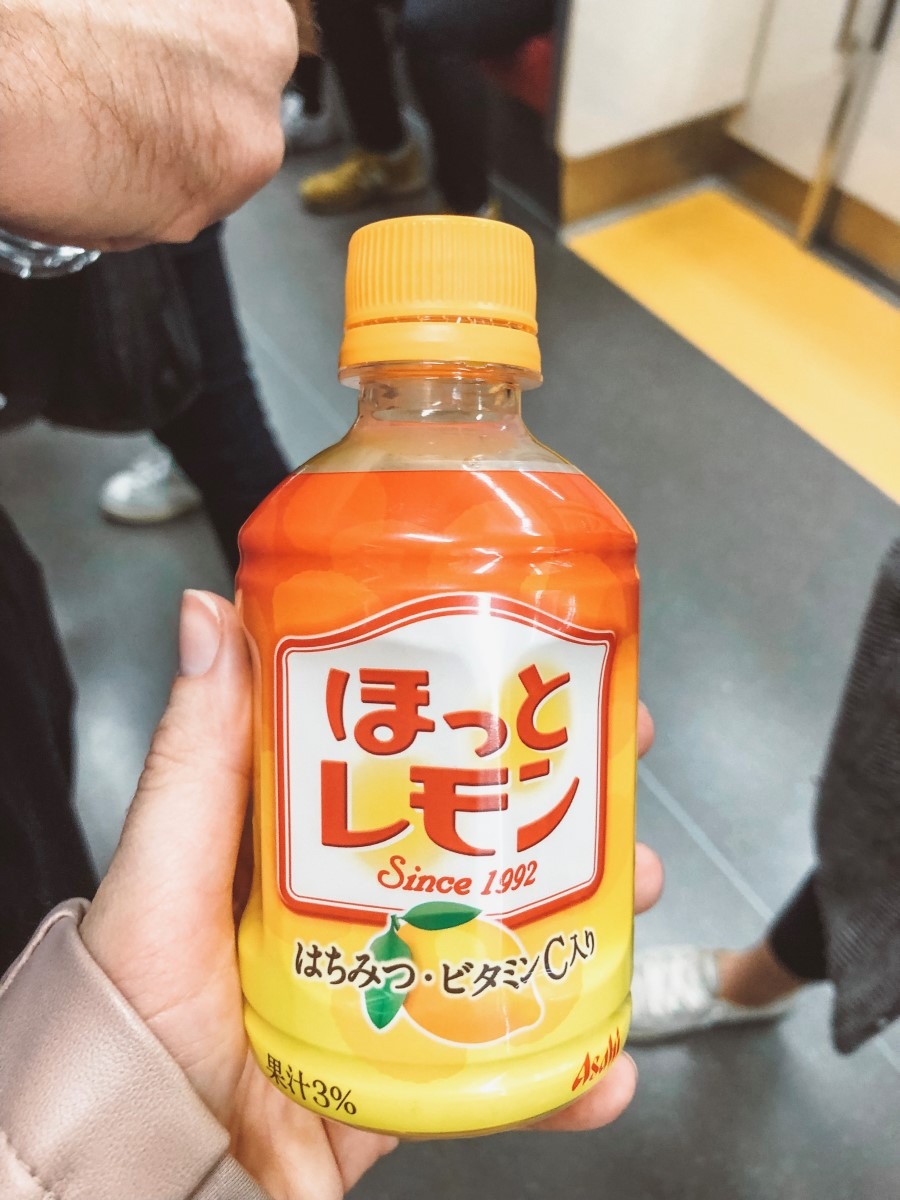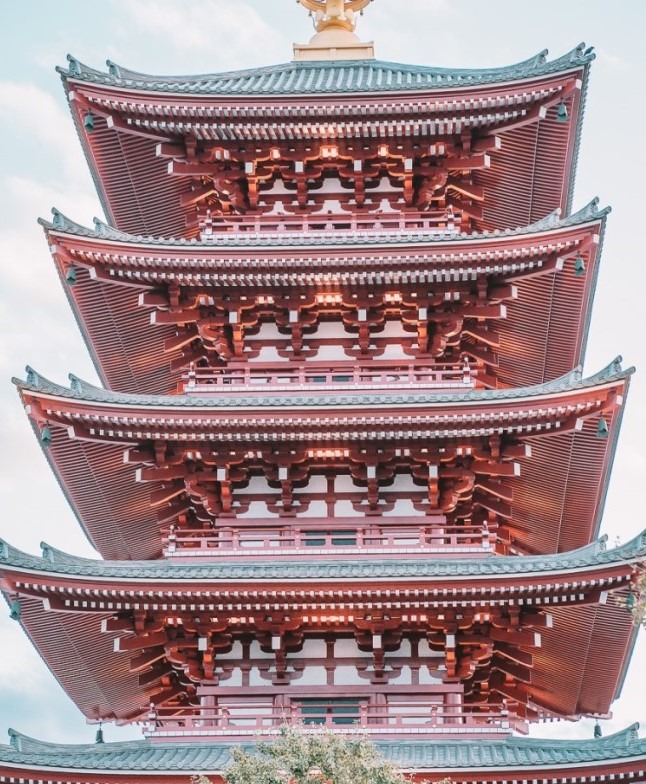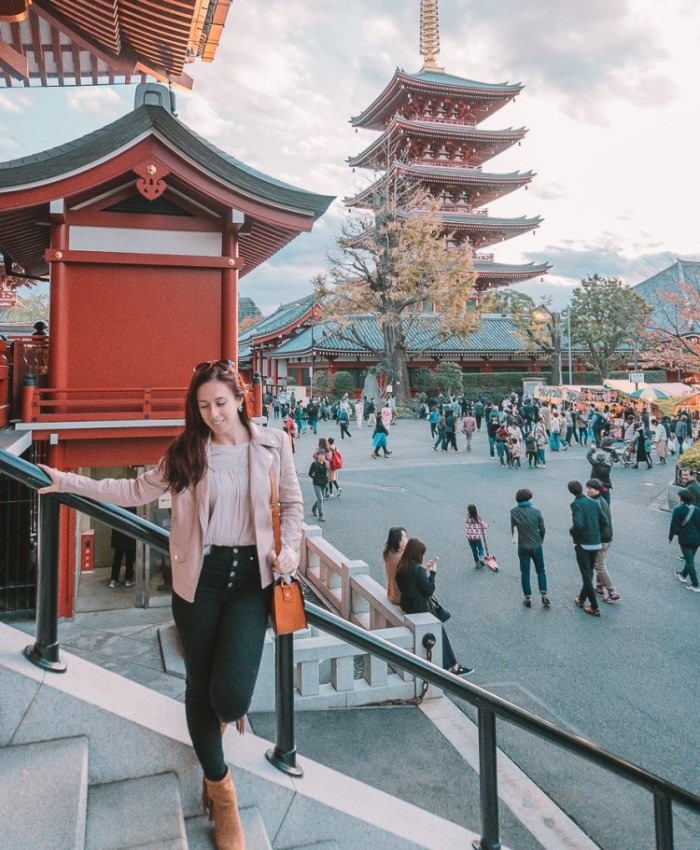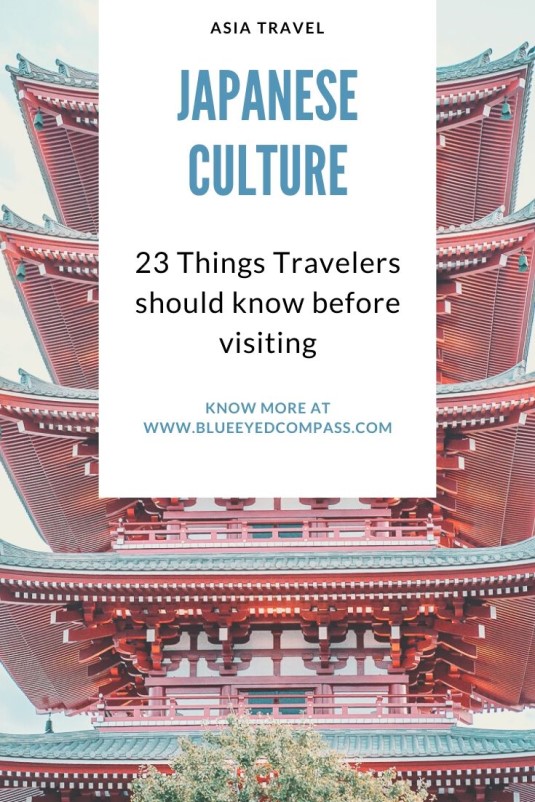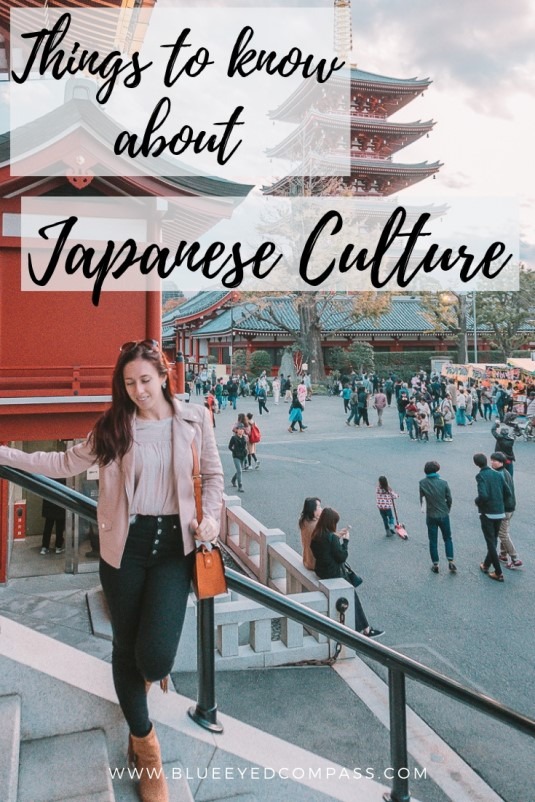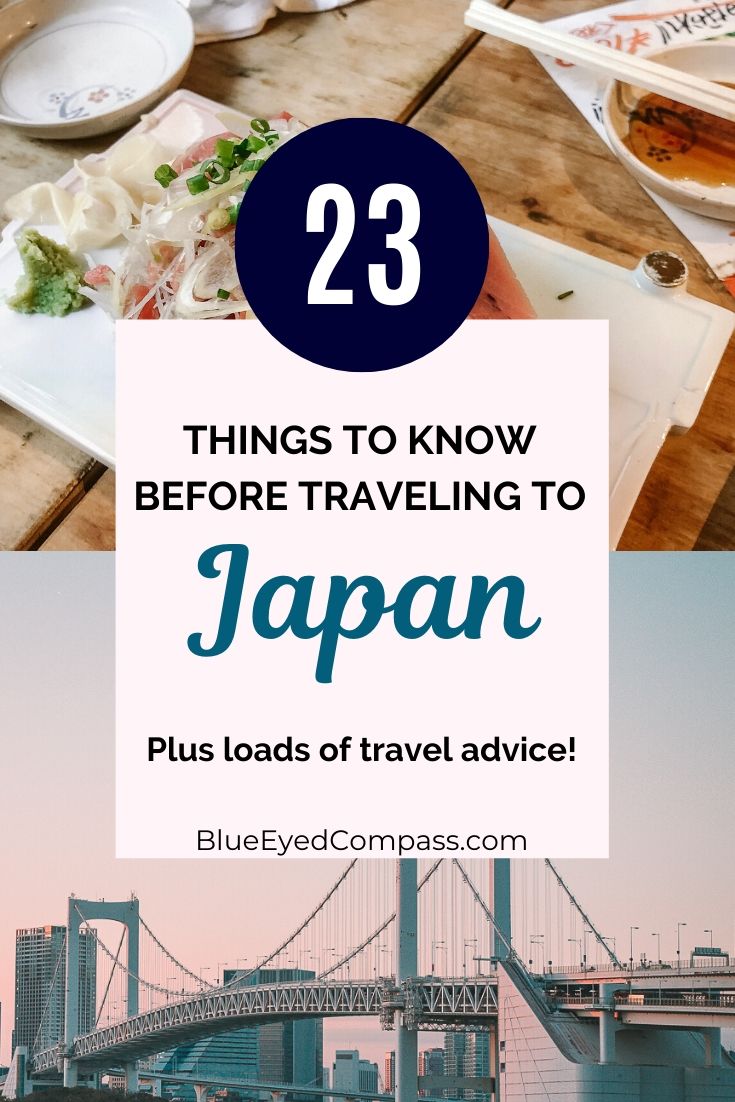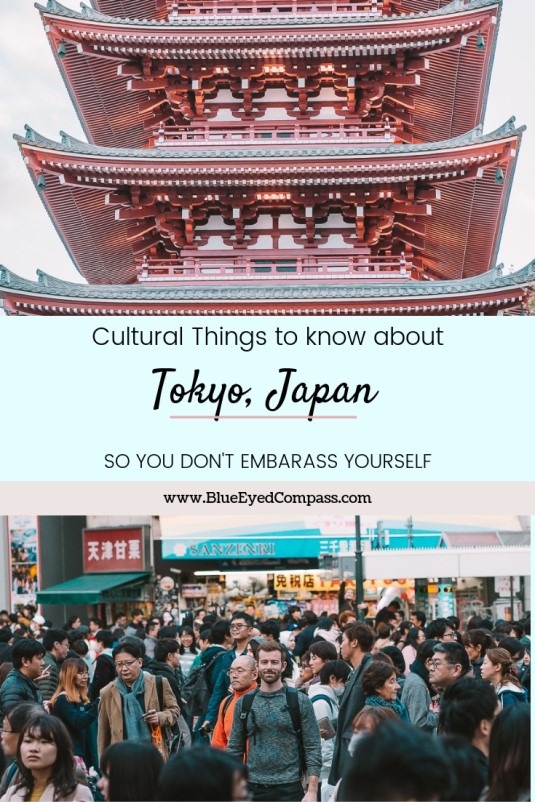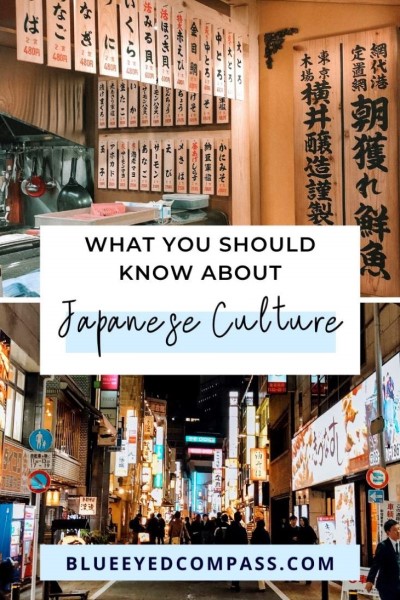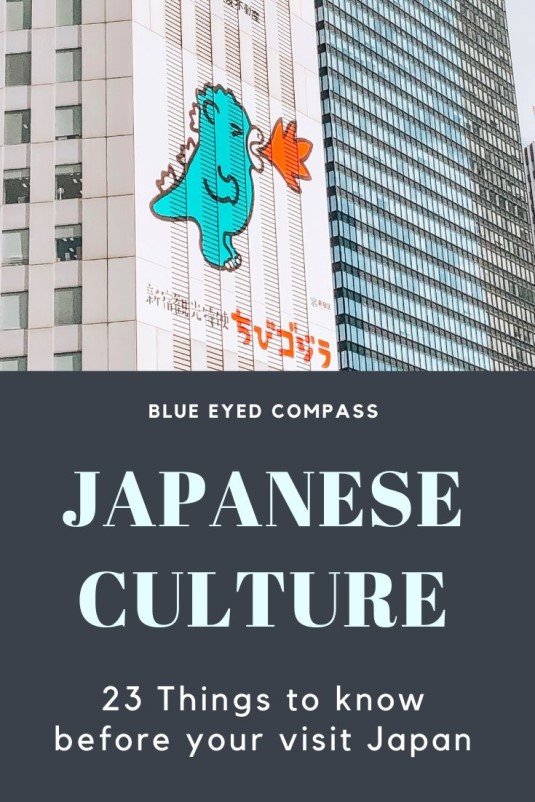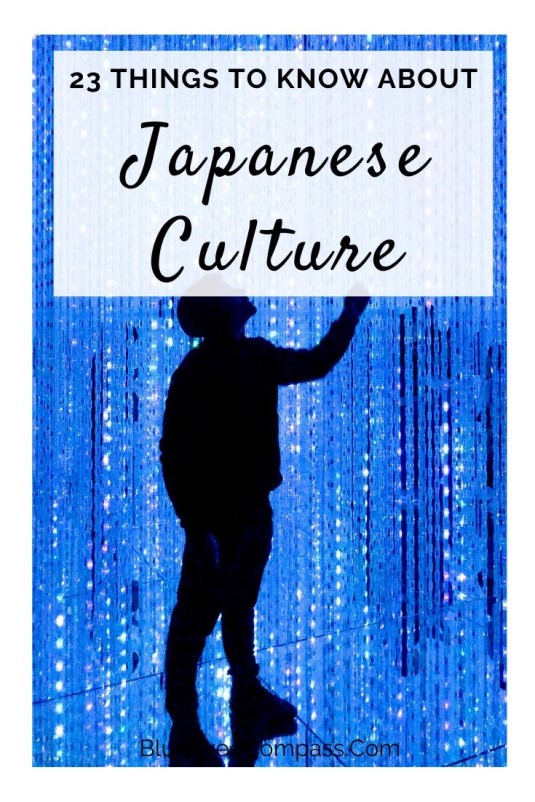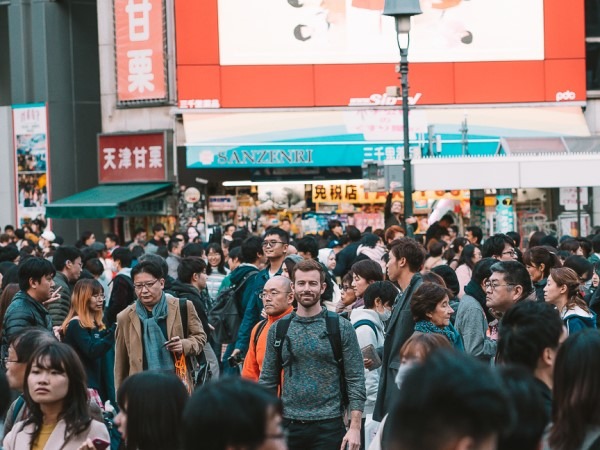
Guide to Visiting Tokyo for the First Time
Guide to Visiting Tokyo for the First Time
An easy to use guide for first time visitors to Tokyo, Japan

Last Updated April 8th, 2020
Note: this post contains affiliate links to products we love and have purchased ourselves on Amazon. Clicking these links doesn’t cost you any extra money, and you’re supporting us by doing so. You can view our disclosure page for additional details
Visiting Tokyo for the first time left me feeling lavish, while practical, and humbled, while also confused. Tokyo is a beautiful blend of high tech and tradition, and if you’ve never been to Asia before this massive city can feel overwhelming. There is a lot going on in Tokyo. And that is definitely an understatement. Regardless, this city is incredibly beautiful, inspiring and kind, as well as a destination that everyone should experience at least once.
This Tokyo Guide for first time visitors will present the basics that you need to know for planning your trip and provide some guidance for what to expect. Continue reading to find out how to get to Tokyo, where to stay in the city, what to pack, the best things to do on your first trip to Tokyo, and more!
General Information about Tokyo, Japan
(for travelers & tourists)
- Tokyo can be quite expensive, especially the lodgings, so budget accordingly. We found that decent hotels were in the $300-$400 price range. There are over 13 million people living in Tokyo, which means real estate is sparse, and in order to fit everyone the rooms need to be small.
- Budget for Tokyo by visiting free attractions and eating one of your daily meals from one of Tokyo’s awesome 7/11’s. They have plenty of food options for cheap prices (however, not many for vegetarians, at least none that I could decipher)
- Utilize 7/11’s ATMs. Who would have thought that 7/11 would be the saving grace for tourists in Tokyo? Many ATMs in the city do not accept international credit cards, but the 7/11s do!
- Tokyo is very safe for travelers. In fact, crime rates are crazy low. I never felt uncomfortable (except in Golden Gai, but not to a point of fear, just a general awkwardness as an outsider. Read more about that here)
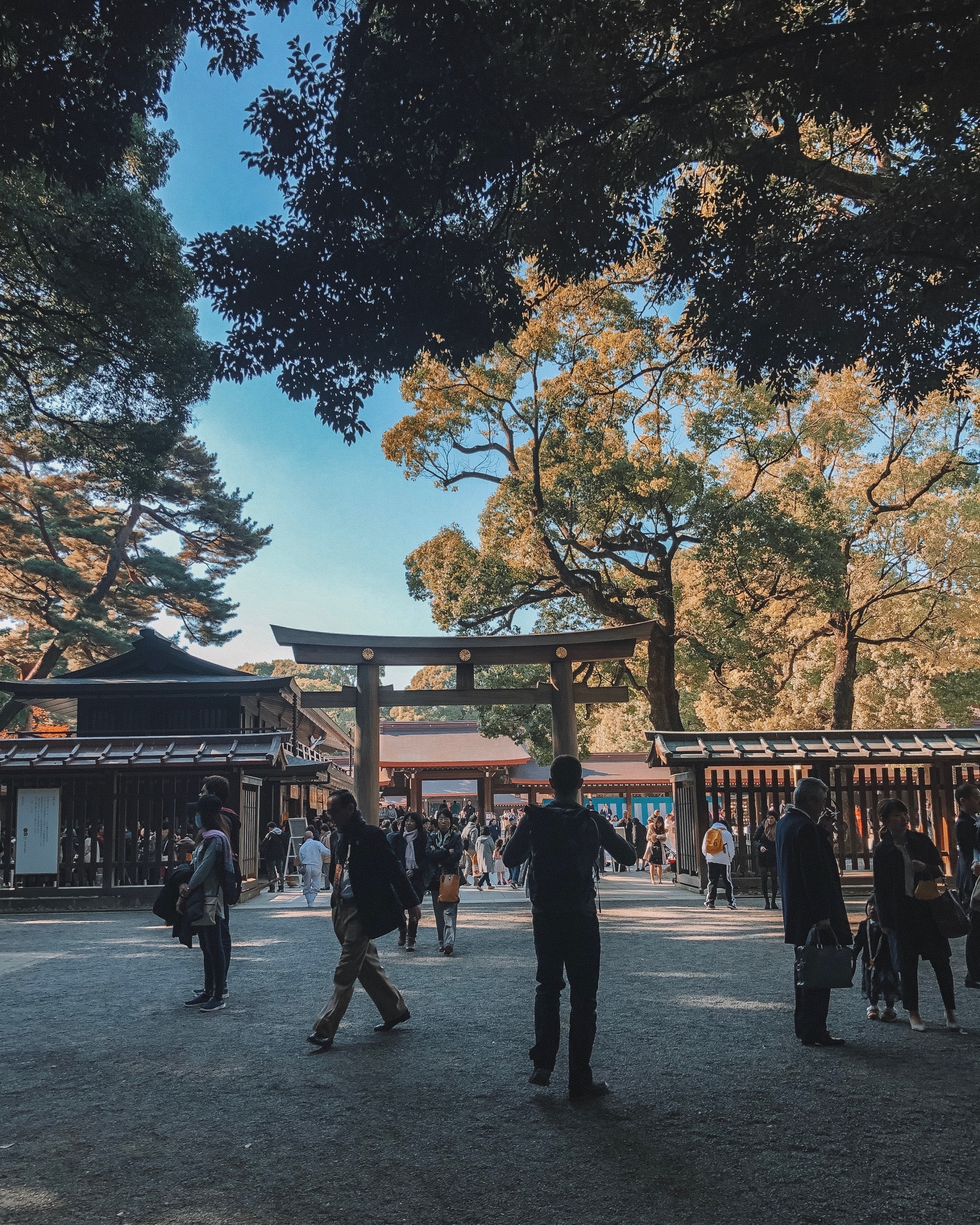



- Water in Tokyo is safe to drink
- Japanese currency is the Yen. Once you arrive, I would suggest taking out money as some places will only accept cash
- The Japanese language can be confusing for tourists. It’s okay if you’re not an expert (or barely a novice level speaker like myself). Most people will help you if you need it (in fact, I was surprised at how often someone came to our language barrier aid).
- Tokyo bathrooms are pretty fun. Weird to announce to the internet, but seriously their public restrooms felt nicer than some hotels restrooms I’ve been to in the states. Some play music in your stall, and I’m now convinced that toilet seat warmers should be required in all bathrooms.
- Write down your lodging address in Japanese (you can ask the staff at your hotel), this way if you need to show it to a taxi driver or are asking for directions, it will make translating much easier.
How long do you need to visit Tokyo?
When is the best time of year to visit Tokyo?
Getting to Tokyo:
How to get around Tokyo:
Where should a first time tourist to Tokyo stay in the city?
Foods to try in Tokyo:
What to pack for a trip to Tokyo:
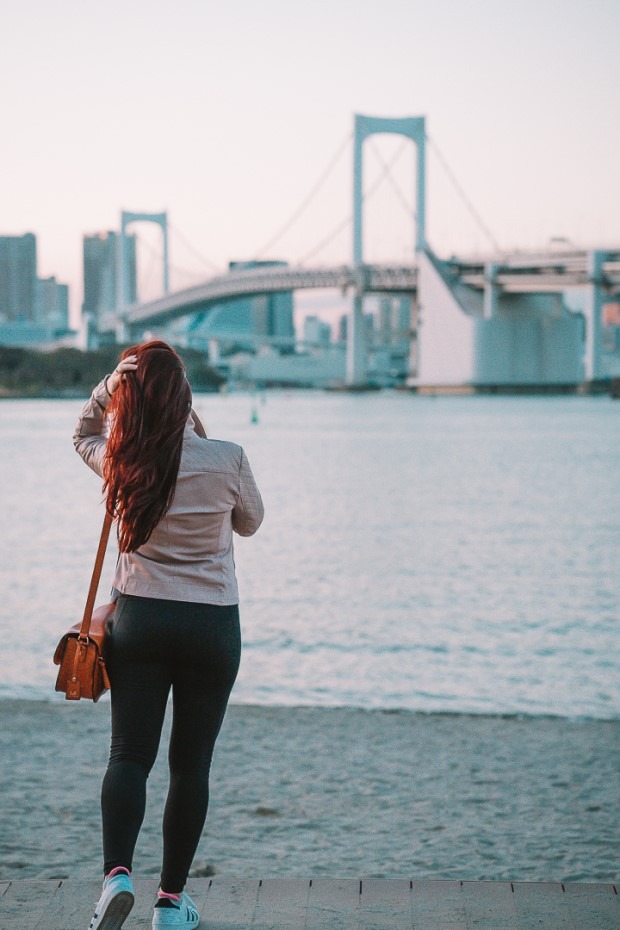

- Travel Credit Card: Our Visa was accepted everywhere we wanted to use it, but I’ve heard that American Express may not work too great in Japan. We LOVE our Chase Sapphire Preferred card, especially because using it allows us to earn points that we redeem for free travel. Considering signing up for this stellar travel rewards credit card? Please do so here. If you sign up for this Chase credit card you can now earn 60,000 bonus points (used to be 50,000 bonus points.
- Layers: Tokyo’s weather can be fairly mild, but I would suggest dressing in layers so that you can spend all day out without having to waste time going back to your hotel for a jacket
- Universal Adapter: the outlets in Japan are similar to US standard, but are two pronged, so if you have a three pronged plug, you’ll need an adapter.
Don't Forget to Pack:
click image to find out more!
What to see & do on your first trip to Tokyo:


Pin me for Later!



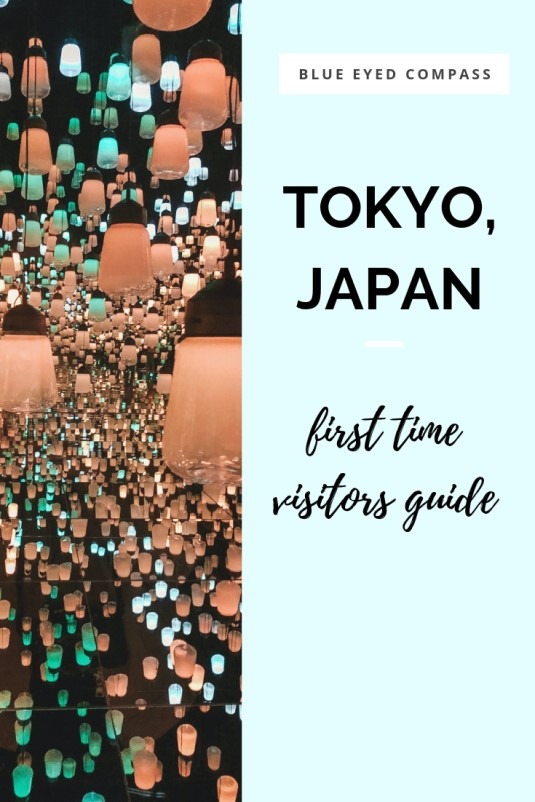



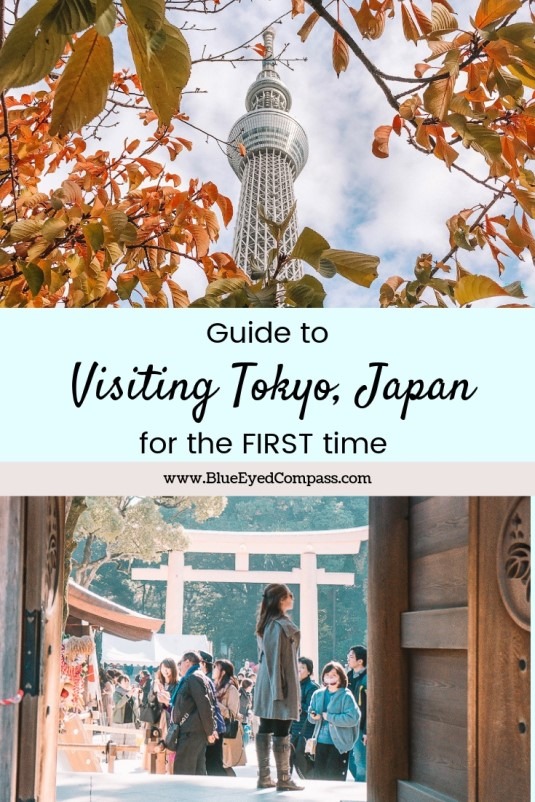

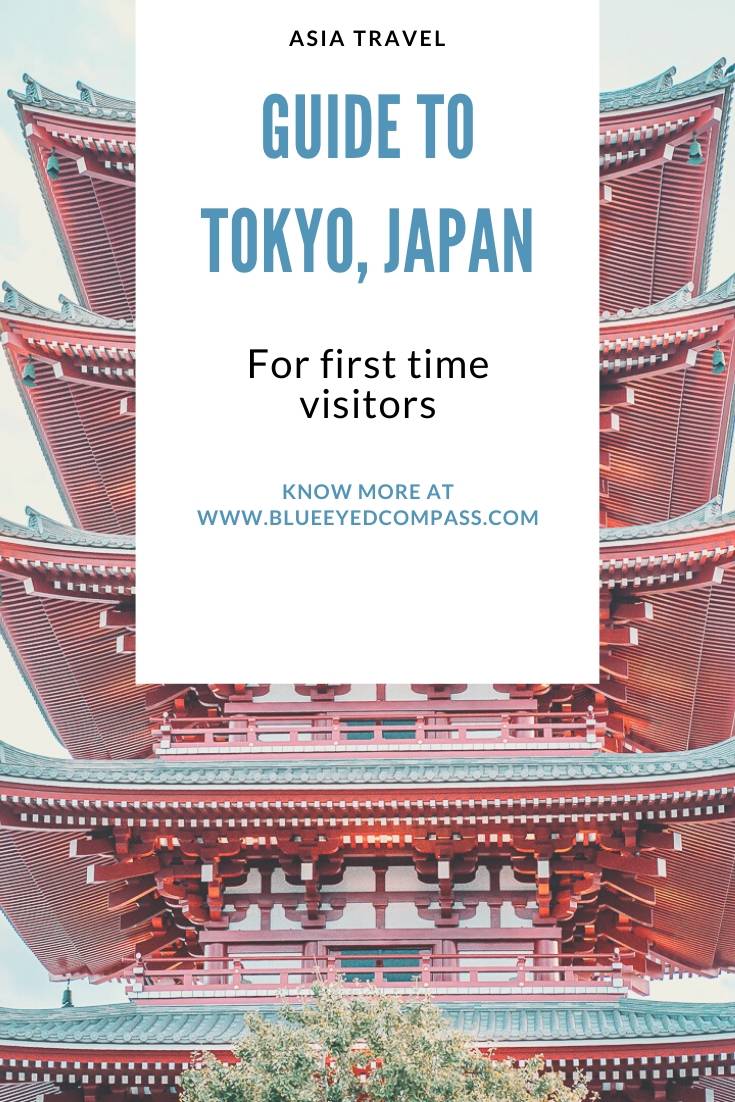



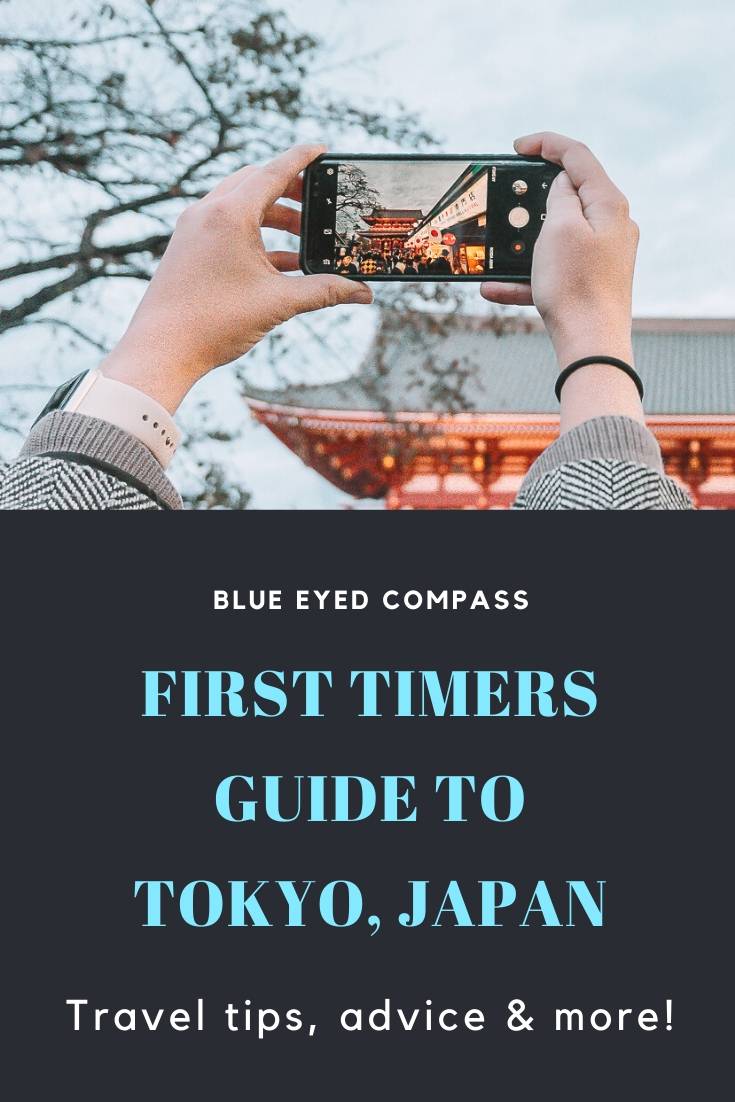

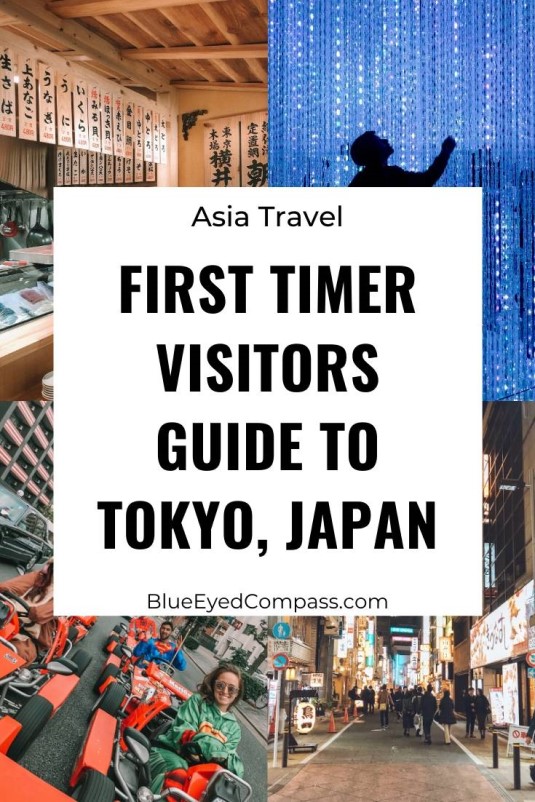

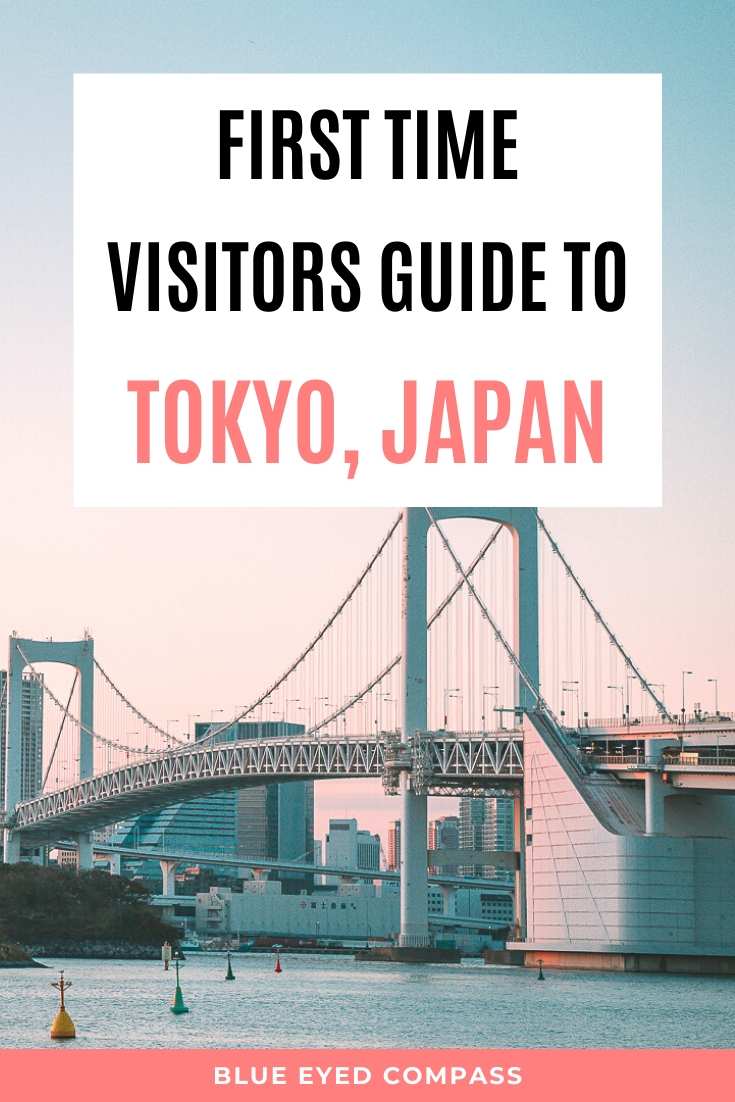

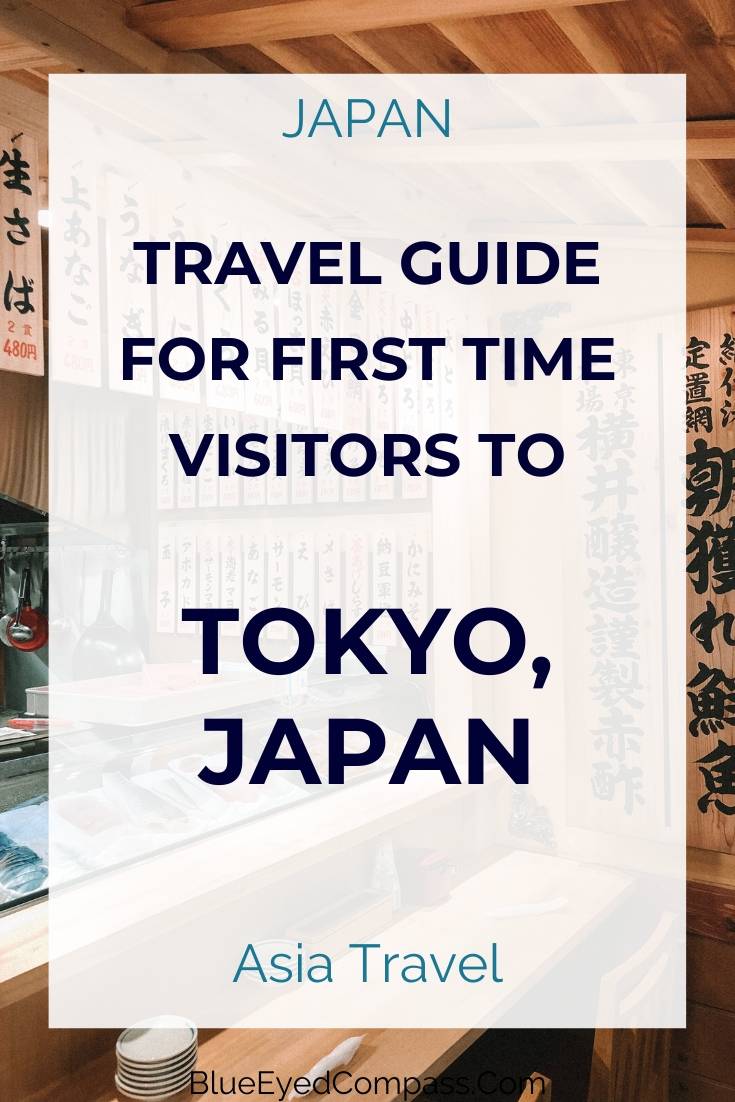

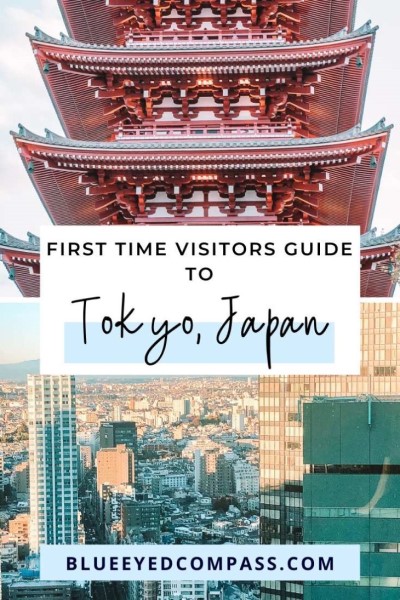



Follow Along













